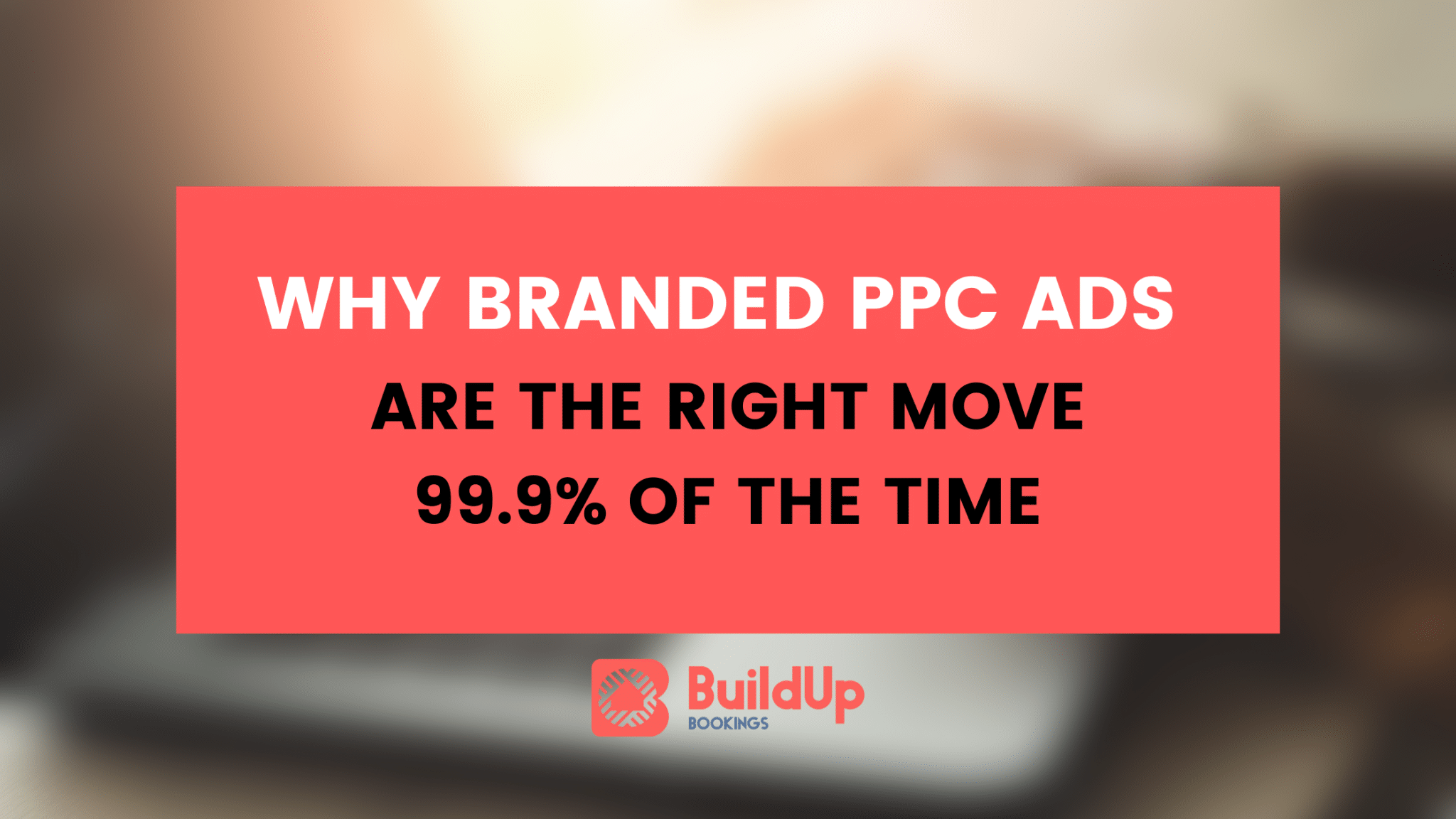
In the world of online marketing, looking at numbers is data is about half of the job.
Through the transition to digital marketing over less-trackable forms of media, business owners and marketing managers everywhere have become data-obsessed.
At times, it’s easy to see why. Watching graphed lines, pivot tables, spider charts, real time visitor numbers is like crack for the brain. But, of course, data is like age.
It’s but a number.
Decision Making

Decision making is hard. Really hard.
While statistical analysis is great for providing context when making decisions, it’s very easy to get lost in the numbers, spreadsheets and Google Analytics reports and forget what the real goal is.
There are pretty much only three main goals that you should have with your online marketing:
- Win (a contest)
- Increase revenue
- Increase profits
(hat tip to Ian Lurie & his excellent One Trick Pony essay)
That’s it.
Everything you’re working on should drive back to one of those three goals. Ideally, you have one goal that you’re working on. Usually, for me, it’s increasing revenues.
Reviewing Data

When making those tough decisions that made your skin crawl, it’s worth remembering that all online marketing data is almost always imperfect.
First, tools like Google Analytics rely on users who have Javascript on in the first place. While 99% of users do have Javascript, not every single user is being tracked in the first place.
Then, you can dig into details about tracking software like Google Analytics and find that it doesn’t accurately track things like cross-device conversions. A common path of conversion may be for your potential users to browse your website on their mobile phone, then later fill out a conversion form on their desktop computer a few days later.
A data-blind marketing manager would say that their mobile conversion rate is awful (it typically is for most websites), and that they shouldn’t bother to spend any more money in Google Adwords this month with mobile traffic.
Or, they’ll claim why bother with responsive design? Mobile doesn’t convert well anyways.
Then, a mobile campaign is paused, eliminating careful top of the funnel traffic that was sending tons of leads later on.
Of course, this is all very hard to show with charts and line graphs.
However, it’s worth noting that reviewing data should be a guide, not a rulebook.
Conversions happen in a thousand different ways — obsessing over last-channel conversion data is sure to drive you crazy and potentially lead to really bad decision making.
Know your website and understand trends in your data that you can review. Use analytics and measurable data with all the care in the world: but be careful.
All the online marketing data that’s collected everyday is imperfect.
It should be treated that way.
Types Of Imperfect Data

I could probably write a post alone on all the different types of online marketing metrics that are easy to misinterpret. To start, here’s a short list of all the marketing metrics you’re looking at that could be inaccurate.
Keyword Data

It all started with (not provided). While Google used to be a generous god that provided all of your keyword data including how often each keyword turned into a sale, lead or customer, that was all snatched away in late 2011.
Now, online marketers have been given the half-hearted replacement in Google Webmaster Tools.
Now, the data to review is the keyword level data that Google provides in Webmaster Tools. It’ll show you trends in click through rates, ranking and impression data. While some juicy new tools are coming to better analyze your Google Webmaster Tools data, it’s pretty inaccurate. At times, I can find organic traffic discrepancies north of 50% or more off.
Going into the queries section will let you spot trends in your search performance, but Google famously only stores 90 days worth of data in their platform — if you want to save it, you’ll have to technical and download the data with scripts.
Facebook Ad Traffic

While Facebook ads can be an effective marketing channel, the data coming from Facebook is measured in their favor. “Engagements” with Facebook ads could be just expanding to view comments, and you could be charged for thousands of impressions where users never really saw your ad. In addition, Facebook tracks clicks, not browsing sessions or users like popular tracking software like Google Analytics does.
It’s worth adding on UTM parameters to every single Facebook ad to make sure that the data showing in Facebook can be cross-checked with Google Analytics campaign data.
Cross-Device Conversions

The most common form of misunderstand data is the cross-device conversions that are happening everyday on your website. Users may interact with a brands website across their mobile phone, tablet, work computer and home desktop before converting.
While new tools like user ids can solve some of these issues, it assumes that your website supports user accounts (most don’t) and that the technical know-how in implementing this is easy (it’s not).
Email Open Rates

With Google now being better about showing images by default (after they’ve been scanned by Google’s servers), Gmail should have fairly accurate open stats, not all email clients are the same. Some email clients show that your emails haven’t been opened even if they have while others throw false positives with email indexing (for search).
A Hornet’s Nest

Phew.
While inaccurate marketing data can drive any modern data-drive marketer a bit crazy, it’s worth noting that inaccurate data shouldn’t prevent you from making decisions. Look for overall trends in increased organic keyword impression data in Google Webmaster Tools and don’t overanalyze one days results over another.
Strive to improve your key metrics like email open rates, conversion rates and, of course, your top KPI: more revenue.
Then, you can make better, data-backed decisions that’ll let you reach the next level with digital marketing that works.







